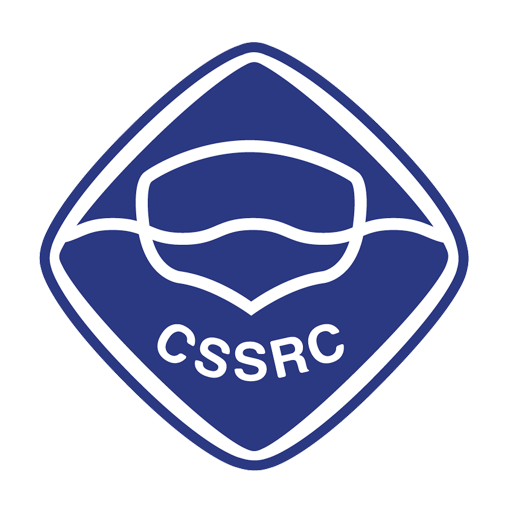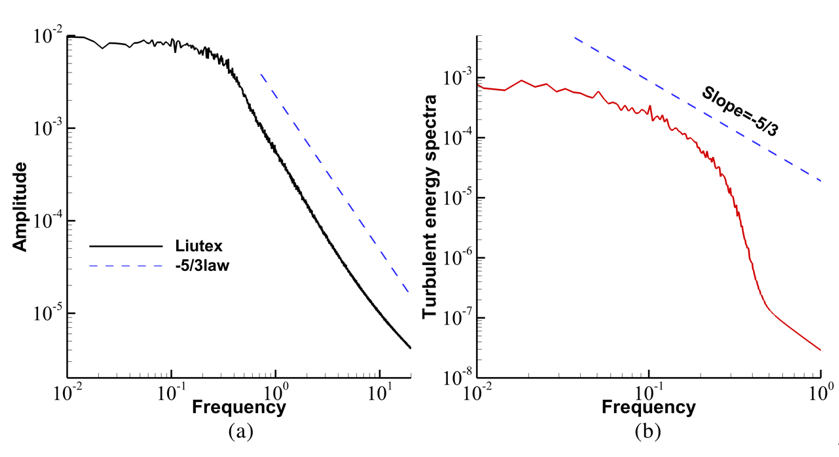In the year of 1941, A. N. Kolmogorov, proposed that the small-scale turbulent motions are statistically isotropic at sufficient high Reynolds number, which is known as the Kolmogorov’s hypothesis of local isotropy. With other two hypotheses, Kolmogorov built up the celebrated Kolmogorov 1941 theory (in short K41). As the brightest jewel in the crown of K41 theory, the predicted -5/3 law for turbulence energy spectrum by the theory were confirmed by experiments almost a decade later. The assumptions taken by K41, however, cannot generally be satisfied in practical flows, especially for moderate and low Reynolds number boundary layers. Prof. Chaoqun Liu, the Tenured and Distinguished Professor from University of Texas at Arlington, proposed the extraction of rigid rotation from fluid motions in 2017, which is later named Liutex. Liu’s team discovered that, in a moderate and low Reynolds number turbulent boundary layer ( ), both the frequency and wavenumber spectrum of Liutex matches the -5/3 law in the higher frequencies (wavenumber) subrange very well while the turbulence energy spectrum, on the contrary, only marginally follows the -5/3 law in a much smaller wavenumber (frequency) range as shown in the following figure.
The much stronger universal similarity of Liutex’s -5/3 law over that of K41 comes from the fact that Liutex represents the rigid rotation part of fluid motion, which is shear free and thus not influenced by viscous effect and independent of Reynolds number. On the other hand, vorticity and other popular second-generation of vortex identification methods, Q criterion for example, do not possess this feature due to the shearing and stretching contamination. Not only does this work enhances people’s understanding towards physics of turbulence, but also could lead to a more universal subgrid model in large eddy simulation. The paper could be downloaded for free in two months (until Feburuary 25, 2020)
1.Xu W., Wang Y., Gao Y. et al. Liutex similarity in turbulent boundary layer [J]. Journal of Hydrodynamics, 2019, 31(6): 1259-1262.
https://link.springer.com/article/10.1007/s42241-019-1
https://rdcu.be/bZE59(click this link you can read the manuscript)
2.For more on Liutex vector please refer to the review paper:
Liu C., Gao Y., Dong X.R., et al. Third generation of vortex identification methods: Omega and Liutex/Rortex based systems [J]. Journal of Hydrodynamics, 2019, 31(2): 205–223.
https://link.springer.com/article/10.1007/s42241-019-0022-4
click the following link you can read the manuscript for free,
Prof. Chaoqun Liu’s team has published more that 20 papers with Journal of Hydrodynamics and Physics of Fluids since 2018 on the third-generation of vortex identification methods: Liutex vector and Omega method. The software of the third-generation vortex identifcaiton methods has been published online at https://www.uta.edu/math/cnsm/public_html/cnsm/cnsm.html for free download with a short agreement for users to sign.


